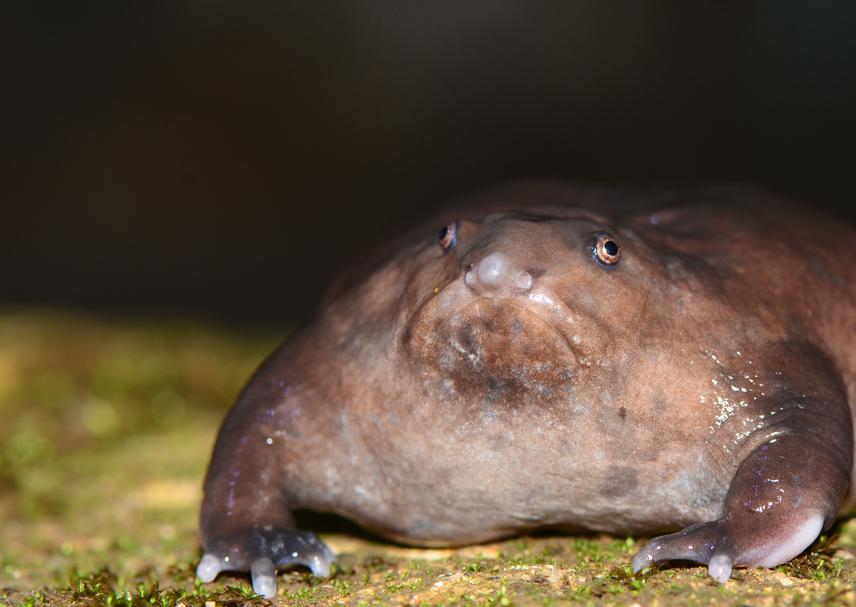Ashish Thomas
Other projects
5 Sep 2016
Addressing Conservation Issues of the Endangered Purple Frog through Ecological Studies and Community Education
Conservation of Indian Purple Frog by documentation of anthropogenic threats, prioritization of areas where conservation efforts can be targeted and by conducting awareness programs among locals and forest guards.

Indian purple frog.
Nasikabatrachus sahyadrensis is an endemic and secretive species, described in 2003, which is also hailed as the flagship amphibian species of the Western Ghats. Owing to large-scale deterioration and fragmentation of its habitat, the species is categorized as ‘Endangered’ in the IUCN Redlist. More than two-thirds of the distribution range of the Indian Purple Frog (common name) lies outside protected areas and is subject to heavy anthropogenic pressure. However, no comprehensive studies have yet been conducted to identify and list the exact anthropogenic threats faced by the species. Hence, I have designed this project with three major objectives:
a) Identification of anthropogenic threats faced by the Purple frog populations in different localities which can serve as baseline data,
b) Prioritization of areas for effective planning and implementation of conservation efforts,
c) Management of conservation efforts through community participation.
As distribution range of Nasikabatrachus sahyadrensis is highly fragmented, potential anthropogenic threats can have drastic effects on the species. Hence the prioritization of areas that require immediate attention will be an important step for conservation for which it is necessary to first identify the threats faced by the species and then to assess the impact of the various threats. The information generated through this study can be used to propose specific and effective conservation strategies for the species. Another broad outcome of the project is to educate and sensitize two important stakeholders of conservation; the local people and the forest department staff especially the forest guards who patrol the forests. It is these two groups that are in direct contact with the biodiversity of any region. Unfortunately, most conservation strategies related to amphibians either completely ignores the role of these people or they fail to effectively utilize their involvement and efforts. Hence this project will focus on utilizing the support and partaking of these stakeholders to achieve the desired results for conservation of the purple frog. In the larger context, I wish to sensitize and motivate the people in this region to protect and conserve the diminishing habitat of the wonderful amphibians.